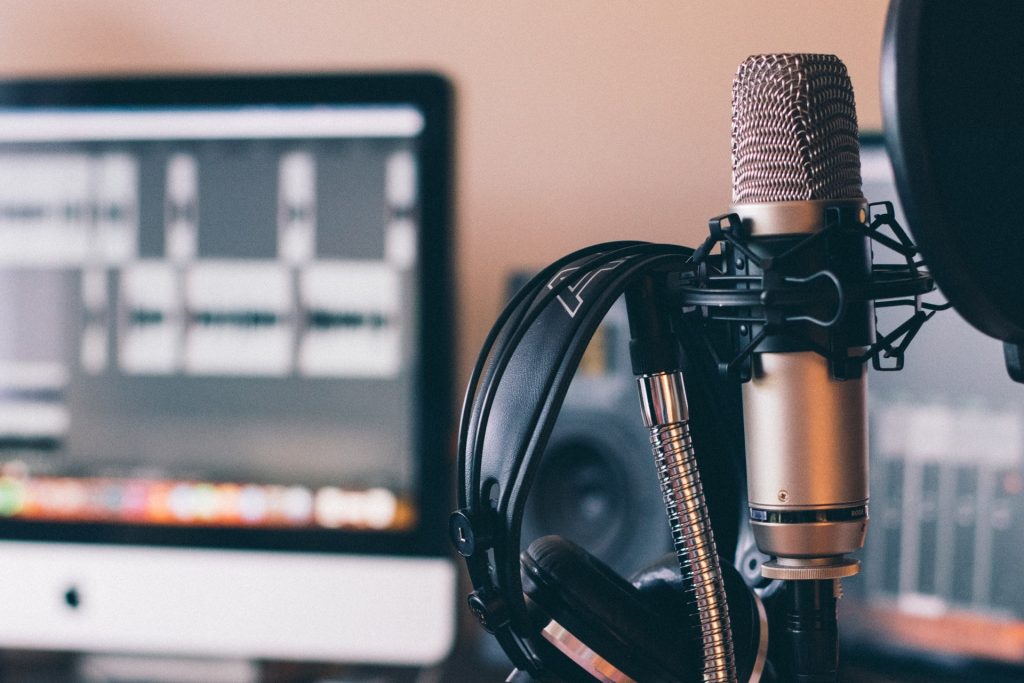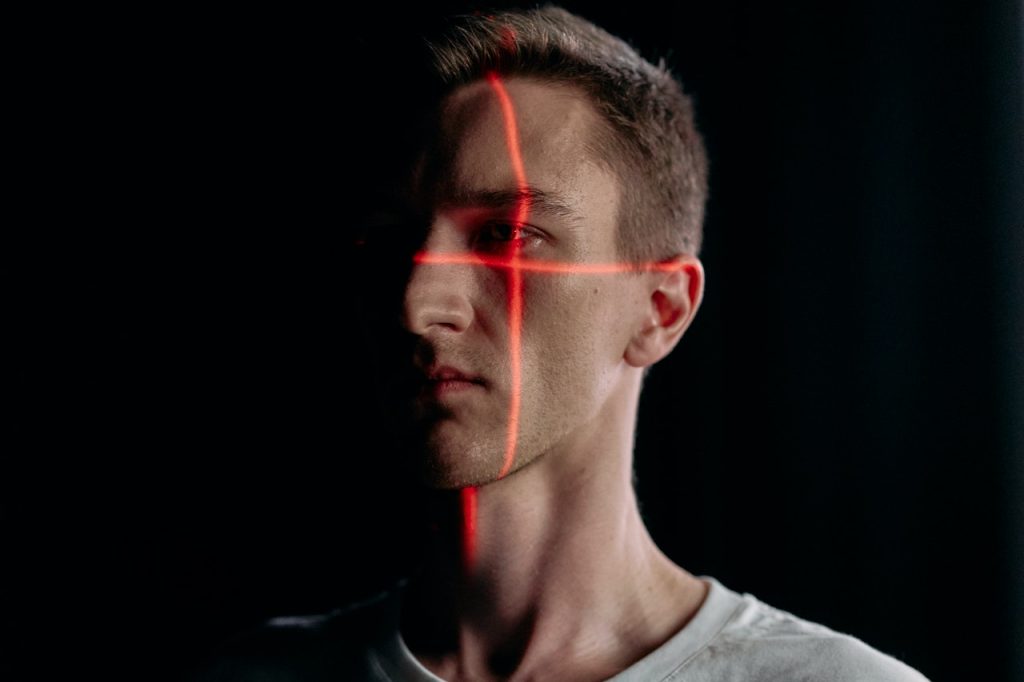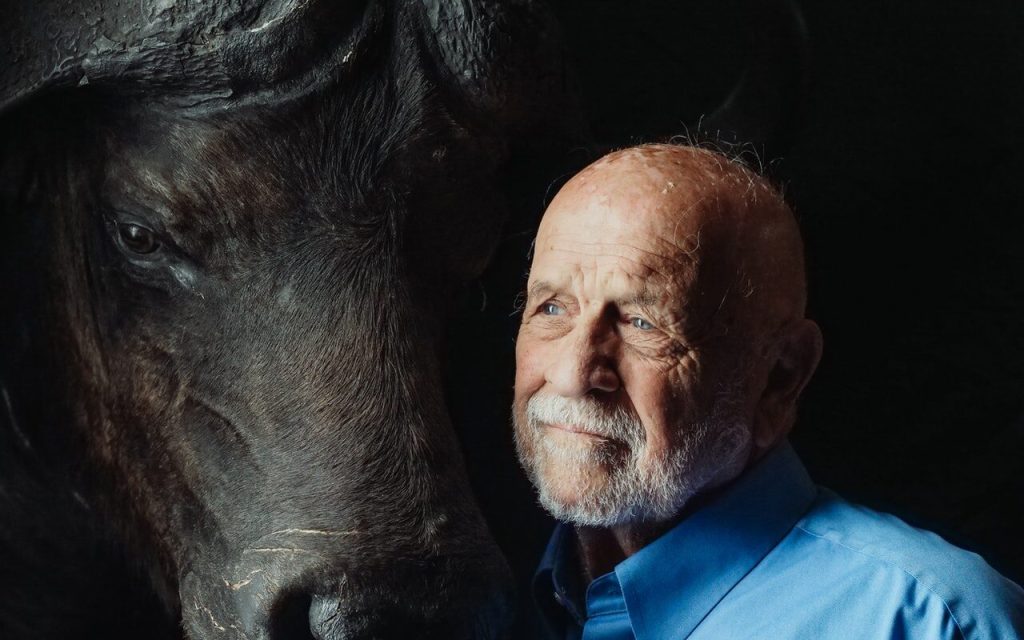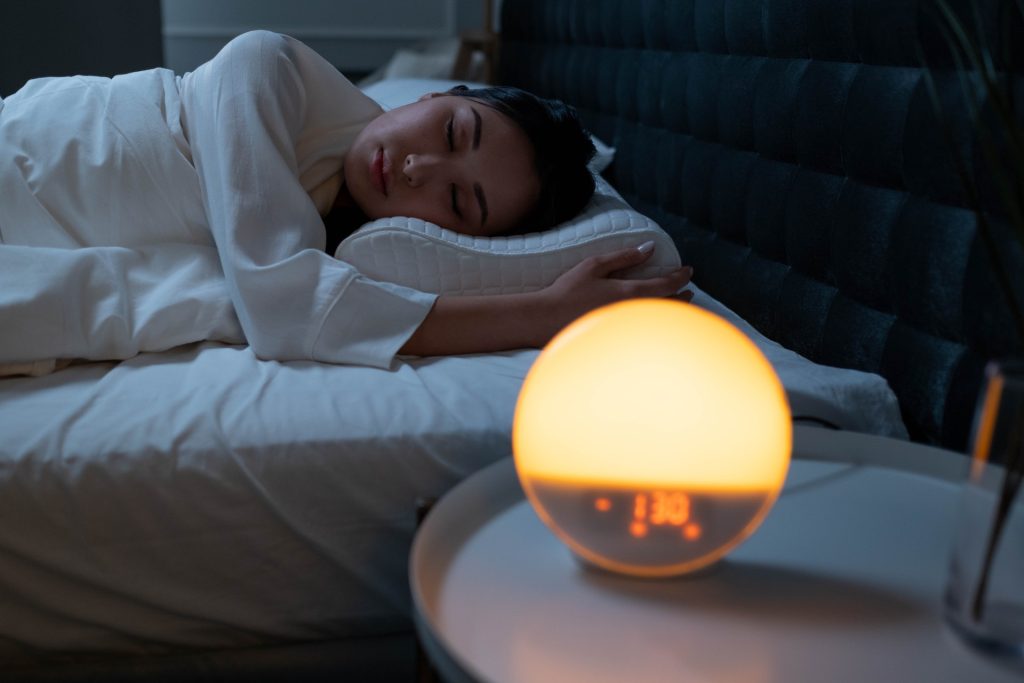Children with Autism Have Memory Impairments, Study Finds

Children with autism have memory challenges that hinder not only their memory for faces but also their ability to remember other kinds of information, according to new research. These impairments are reflected in distinct connection patterns children’s brains, the study found.
Published in Biological Psychiatry: Cognitive Neuroscience and Neuroimaging, the study findings clarify a debate about memory function in children with autism, showing that their memory struggles surpass their ability to form social memories. The finding should prompt broader thinking about autism in children and about treatment of the developmental disorder, according to the scientists who conducted the study.
“Many high-functioning kids with autism go to mainstream schools and receive the same instruction as other kids,” said lead author Jin Liu, PhD at Stanford University. Memory is a key predictor of academic success, said Liu, adding that memory challenges may academically disadvantage children with autism.
The study’s findings also raise a philosophical debate about the neural origins of autism, the researchers said. Social challenges are recognised as a core feature of autism, but it’s possible that memory impairments might significantly contribute to the ability to engage socially.
“Social cognition can not occur without reliable memory,” said senior author Vinod Menon, PhD.
“Social behaviours are complex, and they involve multiple brain processes, including associating faces and voices to particular contexts, which require robust episodic memory,” Menon said. “Impairments in forming these associative memory traces could form one of the foundational elements in autism.”
Comprehensive memory tests
Affecting about one in every 36 children, autism is characterised by social impairments and restricted, repetitive behaviours. The condition exists on a wide spectrum, with those on one end having severe intellectual disability and about a third of people with autism have intellectual impairments. On the other end of the spectrum, many people with high-functioning autism have normal or high IQ, complete higher education and work in a variety of fields.
Children with autism are known to have difficulty remembering faces. Some small studies have also suggested that children with autism have broader memory difficulties. They included children with wide ranges of age and IQ, both of which influence memory.
To clarify the impact of autism on memory, the new study included 25 children with high-functioning autism and normal IQ who were 8 to 12 years old, and a control group of 29 typically developing children with similar ages and IQs.
All participants completed a comprehensive evaluation of their memory skills, including their ability to remember faces; written material; and non-social photographs, or photos without any people. The scientists tested participants’ ability to accurately recognise information (identifying whether they had seen an image or heard a word before) and recall it (describing or reproducing details of information they had seen or heard before). The researchers tested participants’ memory after delays of varying lengths. All participants also received fMRI scans of their brains to evaluate how memory-associated regions are connected to each other.
Distinct brain networks drive memory challenges
In line with prior research, children with autism had more difficulty remembering faces than typically developing children, the study found.
The research showed they also struggled to recall non-social information. On tests about sentences they read and non-social photos they viewed, their scores for immediate and delayed verbal recall, immediate visual recall and delayed verbal recognition were lower.
“We thought that behavioural differences might be weak because the study participants with autism had fairly high IQ, comparable to typically developing participants, but we still observed very obvious general memory impairments in this group,” Liu said.
Among typically developing children, memory skills were consistent: If a child had good memory for faces, he or she was also good at remembering non-social information.
This wasn’t the case in autism. “Among children with autism, some kids seem to have both impairments and some have more severe impairment in one area of memory or the other,” Liu said.
“It was a surprising finding that these two dimensions of memory are both dysfunctional, in ways that seem to be unrelated – and that maps onto our analysis of the brain circuitry,” Menon said.
The brain scans showed that, among the children with autism, distinct brain networks drive different types of memory difficulty.
For children with autism, the ability to retain non-social memories was predicted by connections in a network centred on the hippocampus. But face memory was predicted by a separate set of connections centred on the posterior cingulate cortex, a key region of the brain’s default mode network, which has roles in social cognition and distinguishing oneself from other people.
“The findings suggest that general and face-memory challenges have two underlying sources in the brain which contribute to a broader profile of memory impairments in autism,” Menon said.
In both networks, the brains of children with autism showed over-connected circuits relative to typically developing children. Over-connectivity, likely from insufficient selective pruning of neural circuits, has been found in other studies of brain networks in children with autism.
New autism therapies should account for the breadth of memory difficulties the research uncovered, as well as how these challenges affect social skills, Menon said. “This is important for functioning in the real world and for academic settings.”











